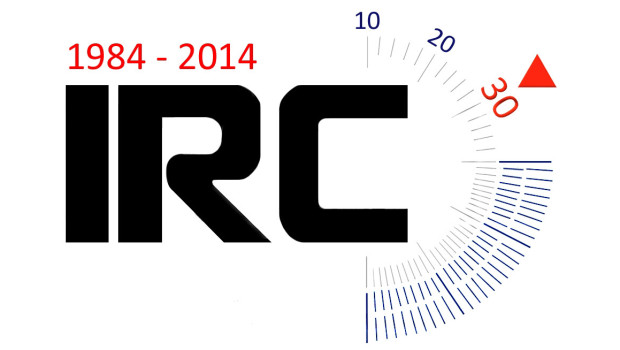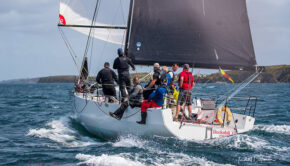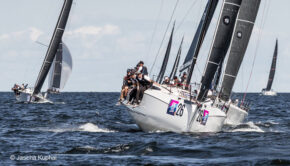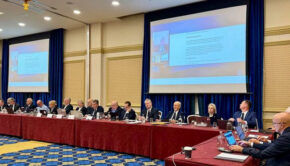IRC Rule changes for 2014
Published on January 8th, 2014
For 2014, the IRC Technical Committee has made a number of changes to the calculation of IRC TCCs (Time correctors).
Most of these have small effects, or affect only a small minority of boats. In a number of cases, they either simplify the IRC software or make it more logical, without intent to change TCCs. Any effects in these cases are therefore also small and are not discussed below.
In other cases, the intent of the changes is either to directly improve how IRC treats particular features on boats, or to address actual or potential abuse of IRC; these are discussed below.
In all cases, however, the Technical Committee is constrained in the level of detail that can be disclosed, due to the unpublished nature of IRC calculations.
1. Hull Material
Historically, the use of Kevlar in a boat’s hull structure attracted a small increase in TCC. As forecast in 2013, this has now been removed.
2. Adjustable Mast Foot/Forestay
The TCC cost of these has been reduced. Additionally, boats are now rated according to whether they can adjust one of either the mast foot or the forestay when racing (with the effect on TCC being the same for each one), or both (with a greater effect on TCC). This change affects a small minority of boats only.
3. Bulb Keels
The effect of bulb weight has been reviewed with the outcome that the TCC cost of heavy bulbs has increased. In practical terms, this change will only significantly affect light ‘racing’ boats
4. Runners and Checkstays
A minor software error has been corrected such that (as was intended for 2013) the TCC cost of runners and checkstays is now the same.
5. Non Spinnaker TCC
A small change has been made to the calculation of non-spinnaker TCC resulting in a generally small increase in non-spinnaker TCC (or TCC for boats rated without spinnakers).









 We’ll keep your information safe.
We’ll keep your information safe.